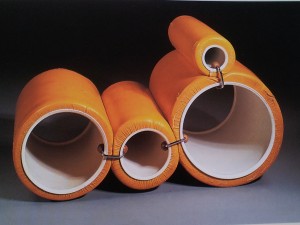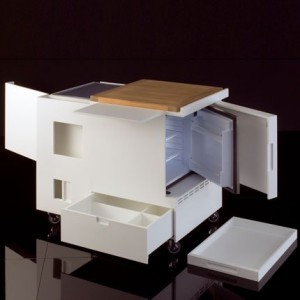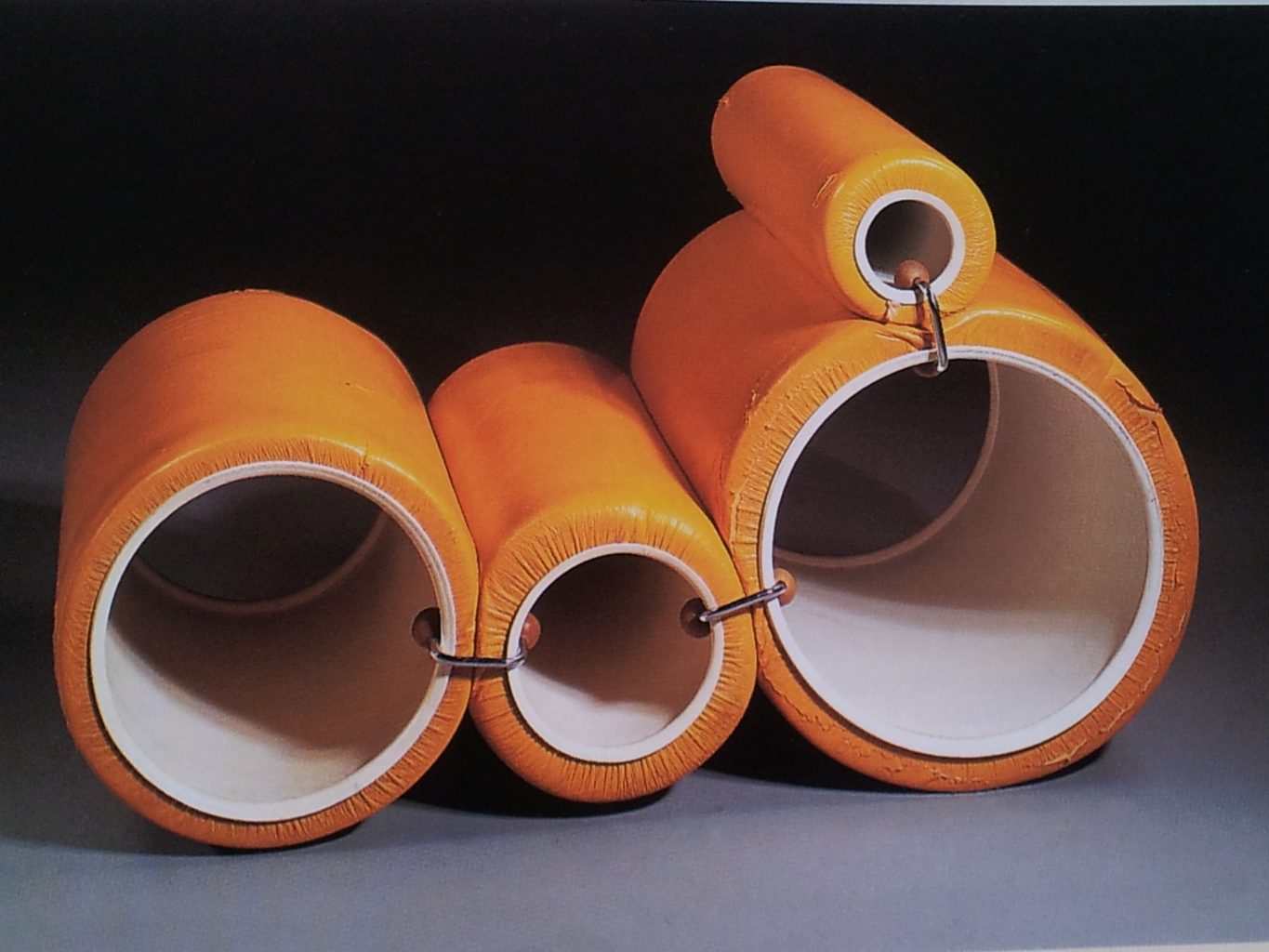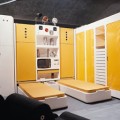Last Updated on 18 avril 2021 by François BOUTARD
Sunday, February 12, 11:00 am, by a cold but dry and sunny weather I walk along the Lyon flea marketplace. Usual stop at antique dealers from 50 to 70 years, my favorite period. In a brick-a-brac arranged, my eyes suddenly catches what looks like a series of « tubes », cylindrical plastic with leather aspect connected to each other. Their color call panic vision : they are in a purple, flashy with full of petulance. ↓
The onlooker is accused, a small sign indicates that the object in question can not be touched, do we have left the war chest? As curious as me, a reckless person asks: « What price for this chair? « . The proud broker says : « betwen 8 and 12 thousand euros ». I suddenly see a change in the face of our people, an expression of surprise. He becomes haggard, and wonder what may cause a series of plastic beads at this price ? Fortunately, not content with having impressed the everyman, our broker took care to leave open a design book page about his discovery. I had seen this piece somewhere but not with this color. Upon inquiry we were dealing with the « Tube chair » from designer Joe Colombo.
Joe Colombo is a contemporary designer interesting because he is one of the first to introduce the idea of »integral design ». He liked to design futuristic but functional furniture for everyday life. The design is then conceived as a whole, capable of uniting aesthetic and practical dimensions of a piec of furniture. In the case of the « Tube » Chair, laminated rolls can move in different configurations : chair, bench rest and poufs separated.
One of the most brilliant examples of the genius of the designer is the unconventional minikitchen, A monobloc kitchen of one meter cubic to cook as a perfect nomad! Designed in 1963 by Joe Colombo, it has been republished today by the Italian manufacturer Boffi. Colombo was very productive in the 60s and received the Compasso d’Oro in 1967 (the equivalent of the Nobel for designer) for his lamp « Spider » published by O Luce. Born in Milan in 1930, he embodies the golden generation of Italian designers in the 60s supported their success on the Italian economic boom and the existence of manufacturers such as Cassina, Poltrona Frau, Kartell, Zanotta which worked new material like plastic. The pantheon of the most influential sixties Italian designers include Enzo Mari, Gaetano Pesce and Ettore Sottsass.
If our unfortunate walker can not afford to buy the « Tube chair », we expect that the future buyer will purchase more than an object of collection, but also a time of Italian design. I like to believe that objects have a soul, this meeting between a « sunday chineur »and a currious assembly of « beads » reminded me!
F.B.








